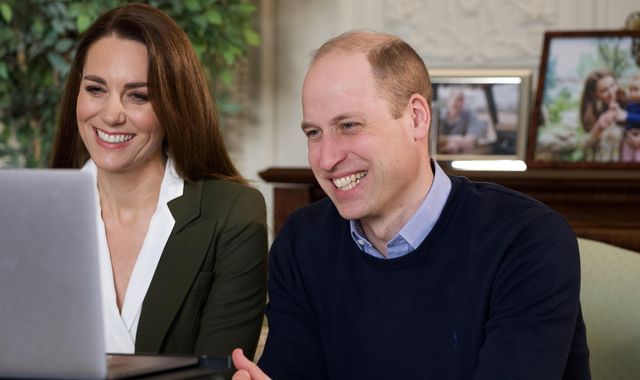COVID-19 infection rates drop across the UK, ONS data shows
Written by News on 19/02/2021
Coronavirus infection rates in the community have fallen further across the UK, latest figures show.

The estimates published by the Office for National Statistics (ONS) will be studied carefully by Boris Johnson as he prepares to set out his “roadmap” for lifting the lockdown in England next week.
The data showed around one in 115 people in private households across the country had COVID-19 between 6 and 12 February – down from around one in 80 the previous week.
Latest coronavirus updates from the UK and around the world
It is the lowest figure since the week to 5 December, when the estimate also stood at one in 115 people.
The figures confirm this week’s findings of the authoritative Imperial College London’s REACT study, which showed infections to be falling quickly in England.
Meanwhile in Wales, around one in 125 people are estimated by the ONS to have had coronavirus in the week to 12 February – down from one in 85 over the previous seven days.
In Northern Ireland, the figure is around one in 105 people, down from one in 75, while in Scotland it is around one in 180 people, down from one in 150.
The proportion of people testing positive also fell in all the English regions.
North West England had the highest infection rate, the ONS said, with around one in 85 people in private households estimated to have had COVID-19 in the week ending February 12.
For London the estimate was one in 100, and for the West Midlands it was one in 110.
The other estimates were one in 120 people for the East Midlands and for Yorkshire and the Humber; one in 125 people for eastern England; and one in 135 for the North East, South East and South West.
The data, which does not cover care homes and hospitals, is based on swab tests from thousands of people regardless of whether or not they have symptoms.
The prime minister is expected to examine the latest data on vaccine effectiveness this weekend alongside figures on cases, deaths and people admitted to hospital.
On Monday, he will set out a plan for easing restrictions in England, with the aim of first reopening schools on 8 March.
Earlier this week, Mr Johnson said it was “absolutely right” to take a “data not dates” approach to easing restrictions as he stressed the need to proceed “cautiously”.
Figures show a continued decline since Christmas in the number of new cases of coronavirus, although rates vary according to region.
Overall, 74,961 new cases were recorded in England in the seven days to 14 February, the equivalent of 133.2 per 100,000 people.
This is down sharply from a peak of 680.8 cases per 100,000 people on 4 January.
It is also the lowest seven-day rate since 4 October.
Meanwhile, the number of patients in hospital in England with COVID-19 has also fallen sharply in recent weeks.
A total of 15,633 patients were in hospital as of 8am on 18 February, down 54% from a record 34,336 patients exactly one month earlier.
However, numbers at both a national and regional level are still higher than when England came out of its second lockdown on 2 December.
All regions also continue to report patient numbers well above those seen in last May, when Mr Johnson announced the initial easing of the first lockdown.
(c) Sky News 2021: COVID-19 infection rates drop across the UK, ONS data shows







